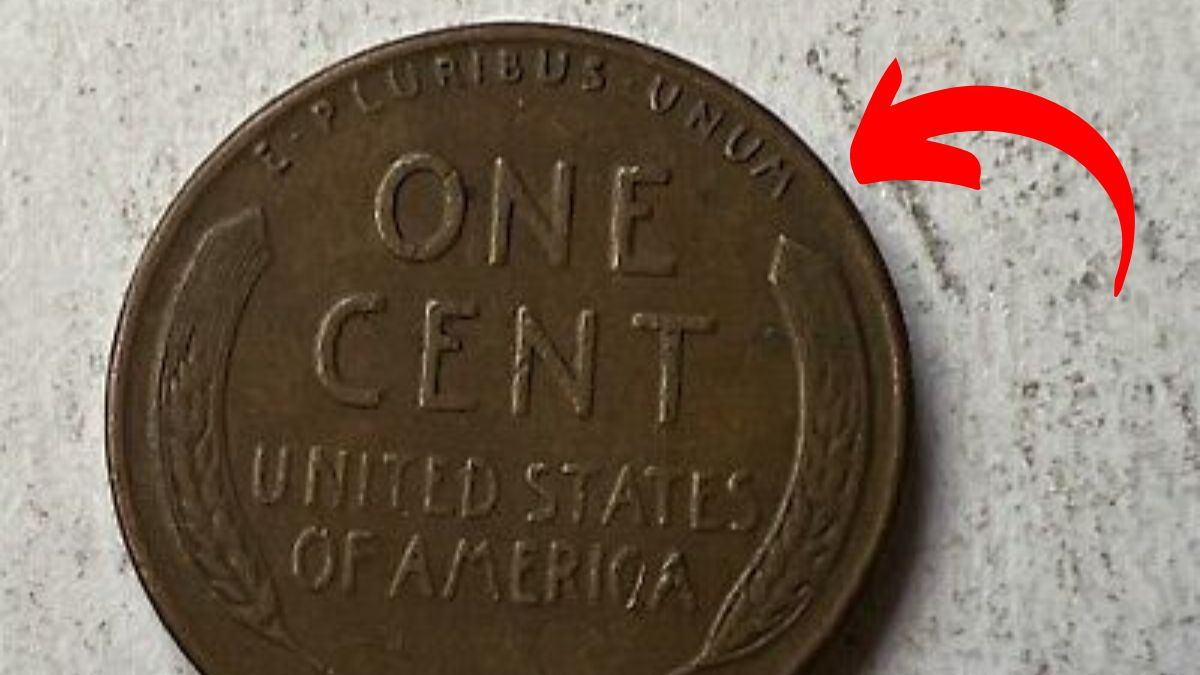The Lincoln Wheat Penny, a coin first introduced in 1909, has become one of the most iconic and sought-after coins in American history. While its face value is just one cent, certain rare specimens, such as the 1943 copper penny, have reached valuations as high as $150 million. This fascinating story of rarity, historical significance, and extraordinary value makes the Lincoln Wheat Penny a legend in the world of numismatics.
The Birth of the Lincoln Wheat Penny
The U.S. Mint launched the Lincoln Wheat Penny in 1909 to commemorate the 100th anniversary of Abraham Lincoln’s birth. Designed by Victor David Brenner, the coin was the first U.S. currency to feature a president’s portrait. Its design included:
- Obverse: Lincoln’s profile.
- Reverse: Two wheat stalks symbolizing America’s agricultural roots.
This design remained in production until 1958, making it one of the longest-running coin designs in U.S. history. The penny was minted primarily in copper and weighed 3.11 grams.
Why is the Lincoln Wheat Penny Worth $150 Million?
Several factors contribute to the astronomical value of certain Lincoln Wheat Pennies:
1. Rare Editions and Errors
- 1943 Copper Penny: During World War II, the U.S. Mint switched to steel for penny production to conserve copper for the war effort. However, a few copper blanks from 1942 were accidentally struck with the 1943 design, creating one of the rarest and most valuable error coins in history. These pennies have fetched millions at auction.
- 1909-S VDB Penny: With only 484,000 minted, this first-year issue featuring Brenner’s initials is another rarity.
- 1955 Double Die Penny: A famous error where the design appears doubled, adding significant value.
2. Condition and Grade
Coins in pristine condition (graded as “uncirculated” or near-perfect) command much higher prices than those that are heavily circulated. The grading scale ranges from 1 to 70, with 70 being flawless. A rare Lincoln Wheat Penny in top condition can achieve record-breaking prices.
3. Historical Significance
- The Lincoln Wheat Penny marked a turning point in U.S. coinage, being the first to honor a real person rather than an allegorical figure.
- Its ties to important historical moments, such as Lincoln’s legacy and the wartime copper shortages, enhance its collectible value.
4. Market Demand
The coin-collecting community, known as numismatists, has a growing appetite for rare and historically significant coins. The combination of rarity, historical importance, and collector demand drives the staggering valuations of coins like the Lincoln Wheat Penny.
The 1943 Copper Penny: A Record-Breaking Find
The 1943 Copper Penny is often called the “holy grail” of coin collecting. Only 20 to 40 examples are known to exist today. In 2019, one of these coins sold for $1.7 million at auction, cementing its status as one of the most valuable coins ever.
How Did This Error Happen?
- During World War II, the U.S. Mint produced pennies from zinc-coated steel to save copper for military purposes.
- A few leftover copper blanks from 1942 were mistakenly used, resulting in this rare batch of copper pennies.
Are Valuable Lincoln Wheat Pennies Still in Circulation?
Yes! Despite their extraordinary value, some rare Lincoln Wheat Pennies remain in circulation because:
- Their owners are unaware of their worth.
- They are often found in old jars, collections, or inherited estates.
- Millions of Lincoln Wheat Pennies were minted, making it possible to occasionally find a valuable specimen in everyday change.
How to Identify a Rare Lincoln Wheat Penny
Here are key tips for spotting a valuable Wheat Penny:
1. Check the Date and Mint Mark
- Look for rare years such as 1909-S VDB, 1943 copper, 1914-D, and 1955 Double Die.
- Mint marks like S (San Francisco) or D (Denver) can indicate rarity.
2. Examine for Errors
- Look for doubling, missing mint marks, or unusual features that might indicate a minting error.
3. Weigh the Coin
- Copper pennies weigh 3.11 grams, while steel pennies from 1943 weigh 2.7 grams. Use a precise scale for accuracy.
4. Use a Magnet
- Steel pennies are magnetic, but copper pennies are not. A magnet can help differentiate between the two.
5. Condition Matters
- Well-preserved coins are worth more. Avoid cleaning the coin, as this can reduce its value.
What to Do If You Find a Rare Penny
If you think you’ve discovered a valuable Lincoln Wheat Penny:
- Do Not Clean It: Cleaning can damage the coin and lower its value.
- Authenticate It: Have it verified by a professional numismatist or grading service like PCGS or NGC.
- Store It Properly: Use protective cases to prevent further wear.
- Consult Auction Houses: Rare coins can fetch higher prices at reputable auctions.
Other Valuable Lincoln Wheat Pennies
- 1909-S VDB: First-year issue with limited mintage, valued at up to $100,000.
- 1922 No D: A Denver-minted penny missing its “D” mint mark, worth thousands.
- 1955 Double Die: A unique error coin, valued between $1,000 and $100,000.
Conclusion
The Lincoln Wheat Penny is more than just a coin—it’s a piece of American history that continues to captivate collectors and investors alike. Whether valued at $1 million or $150 million, these pennies remind us that even the smallest items can hold extraordinary significance.
So, check your change—you might just stumble upon a life-changing discovery. Happy hunting!
